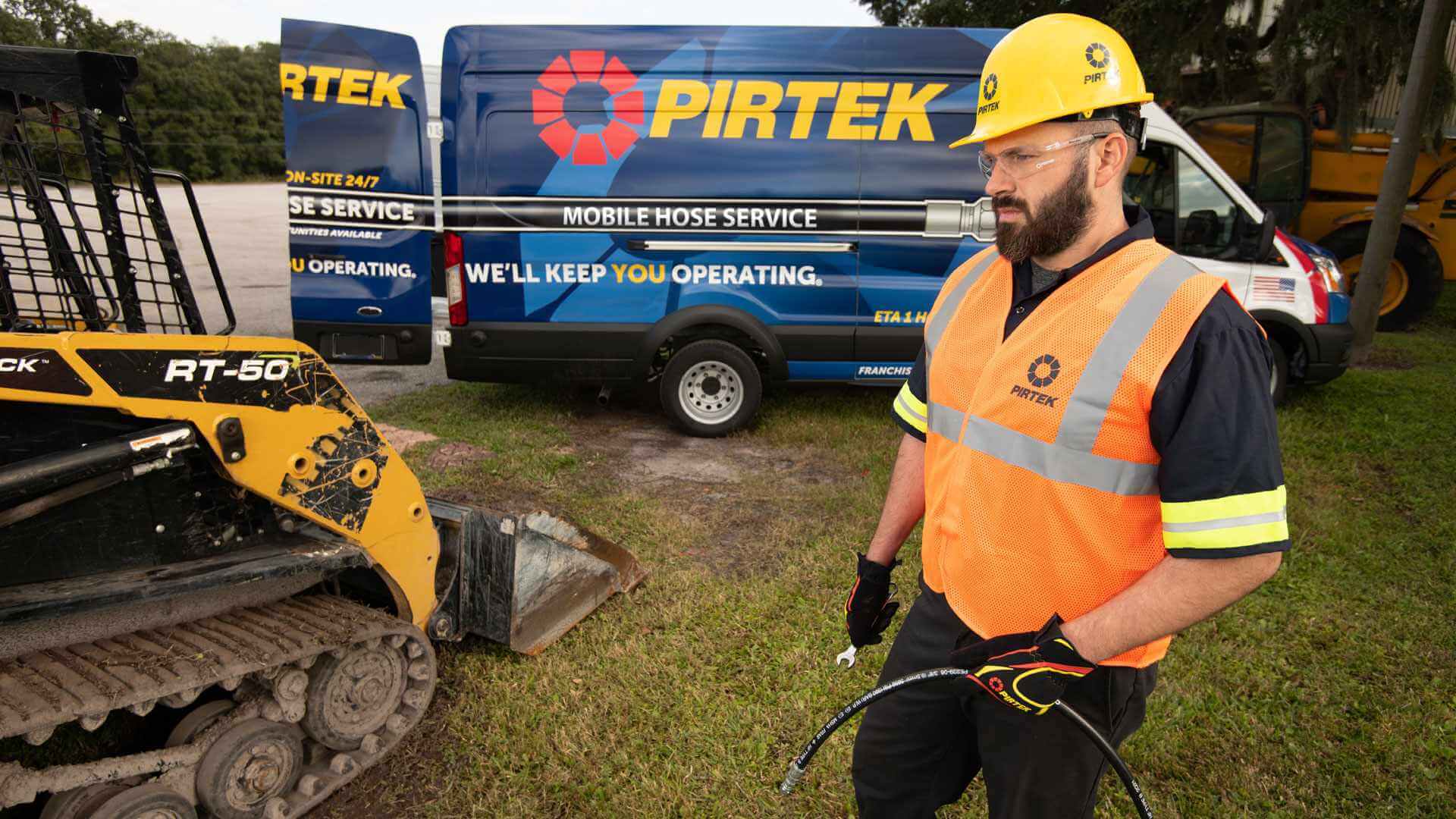Hydraulic systems are integral to a plethora of industrial applications, ranging from heavy machinery in construction to precision equipment in manufacturing. At the heart of these systems lies the hydraulic hose pipe—a crucial component designed to transport hydraulic fluid under high pressure. However, due to various factors such as wear and tear, improper usage, or environmental conditions, hydraulic hoses can fail, leading to leaks and inefficiencies. When such scenarios arise, effective hydraulic hose pipe repair becomes imperative to ensure the continued functionality and safety of hydraulic systems.
#### Understanding Hydraulic Hose Pipes
Hydraulic hoses are generally constructed from layers of synthetic rubber and reinforced with wire braiding to withstand high pressures. They come in various sizes and specifications based on the operational requirements of hydraulic systems. The primary function of these hoses is to convey hydraulic fluid, which enables the transfer of energy to operate machinery and equipment. Given the high-pressure environment, any damage to the hydraulic hose can result in a hazardous situation, including operational downtime and potential injuries.
#### Causes of Damage
Before delving into repair methods, it is essential to understand the common causes of hydraulic hose damage. These include:
- Aging and Wear: Over time, hydraulic hoses may degrade due to exposure to extreme temperatures, UV light, and oxygen, leading to cracks and leaks.
- Mechanical Damage: Physical impacts, abrasion from moving parts, and improper installation can result in damage to the hose material.
- Chemical Exposure: Hydraulic fluids can sometimes react with the hose material, especially if the wrong type of oil is used, leading to premature failure.
- Overpressure: Excessive hydraulic pressure, beyond the hose’s rated capacity, can cause bursting or other forms of structural failure.
- Bending and Kinking: Hoses that are bent too sharply or kinked can experience internal damage, reducing their operational integrity.
#### Symptoms of Failure
Identifying the early warning signs of hydraulic hose failure is critical for avoiding catastrophic breakdowns. Common symptoms include:
– Visual Inspection: Cracks, bulges, and abrasions on the outer surface of the hose.
– Fluid Leaks: Noticeable leaks around fittings or along the length of the hose indicate potential failure points.
– Pressure Fluctuations: Unstable pressure readings can denote internal hose damage.
– Noisy Operation: Hissing or whistling sounds during operation may signal air ingress due to a compromised hose.
#### Repair Techniques
When a hydraulic hose pipe is found to be damaged, immediate action is necessary. There are multiple techniques for repairing a hydraulic hose, depending on the extent of the damage.
- Hose Replacement: In cases of severe damage, replacement is often the most effective solution. This involves cutting the damaged section of the hose and installing a new section or a full hose assembly. It is vital to choose hoses that meet specifications and standards relevant to the operational environment.
- Splicing: For minor damages, such as small cuts or abrasions, a splice can be applied. This involves using a hose repair kit that typically contains a fitting and clamps specifically designed for this purpose. While this can provide a temporary fix, it is recommended for short-term solutions only, as spliced hoses may not handle the same pressure as a new hose.
- Using a Hose Repair Sleeve: A hose repair sleeve can be used to cover and support a damaged section of the hose. This method is advantageous for preventing further damage and can extend the life of the hose during temporary repairs.
- Seal and O-Ring Replacement: If the issue arises from damaged fittings or O-rings rather than the hose itself, it may be enough to replace these components. Ensuring a proper seal is critical to maintaining system integrity.
#### Best Practices in Hose Maintenance
Proactive maintenance can significantly reduce the likelihood of hydraulic hose failure. Consider these best practices:
- Regular Inspections: Conduct routine checks for visible wear and tear, paying close attention to any signs of leaking or abrasion.
- Proper Installation: Ensure hoses are installed correctly, avoiding sharp bends, kinks, and excessive lengths that could stress the material.
- Environmental Protection: Shield hydraulic hoses from extreme temperatures, direct sunlight, and hazardous chemicals to avoid premature degradation.
- Use Compatible Fluids: Always use hydraulic fluids recommended by the manufacturer to prevent chemical damage to the hoses.
- Documentation and Tracking: Maintain records of hose installations, repairs, and inspections to identify patterns that may indicate a systemic issue in a facility’s hydraulic systems.
#### Conclusion
Hydraulic hose pipe repair is a critical aspect of maintaining hydraulic systems, which are indispensable in various industrial processes. Understanding the common issues associated with hydraulic hoses, recognizing the signs of failure, and employing effective repair techniques can significantly enhance the reliability of these systems. Moreover, instituting robust maintenance practices can prevent many of the common problems associated with hydraulic hoses, thereby maximizing efficiency and safety. As industries continue to evolve, investing in the knowledge and tools necessary for effective hydraulic hose management will remain essential for operational success.
